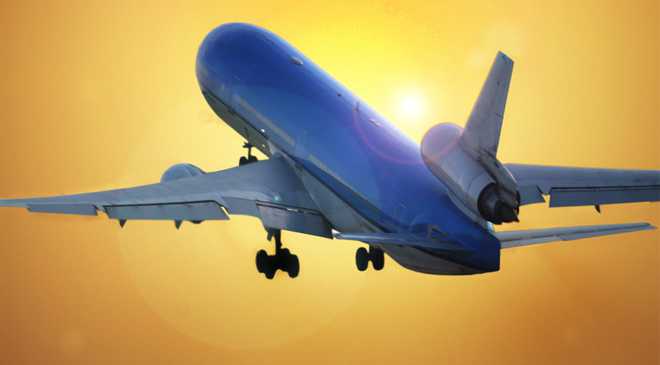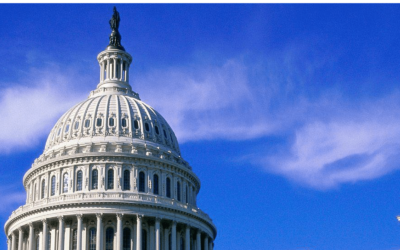The number of global annual airline passengers is expected to more than double by 2034, according to a passenger forecast released by the International Air Transport Association.
In its first 20-year passenger-growth forecast, IATA predicts that passenger numbers will reach 7.3 billion by 2034. That represents a 4.1 percent average annual growth rate and is more than double the 3.3 billion passengers expected to travel this year.
“It is an exciting prospect to think that in the next 20 years, more than twice as many passengers as today will have the chance to fly,” says Tony Tyler, IATA’s director general and CEO. “Air connectivity on this scale will help transform economic opportunities for millions of people.”
In its report, produced in association with Tourism Economics, IATA also predicts that China will overtake the United States as the world’s largest passenger market by 2030. Both markets, however, are expected to remain the largest by a wide margin. In 2034, flights to, from and within China will account for some 1.3 billion passengers annually, 856 million more than 2014 with an average annual growth rate of 5.5 percent. Traffic to, from and within the U.S. is expected to grow at an average annual growth rate of 3.2 percent, reaching 1.2 billion passengers by 2034 – 559 million more than 2014.
The China and the U.S. will be the fastest-increasing markets in terms of additional passengers per year, IATA predicts, followed by India, adding 266 million passengers annually; Indonesia, 183 million; and Brazil, 170 million.
The IATA report stresses that although conditions exist for the strong increase in demand, “there is potential for policy-induced obstacles to hinder the development of connectivity.” The lobbying group points to higher ticket taxes and barriers to open markets as continuing concerns for the airline industry.
Tyler notes: “The message of this forecast is that there is great potential if all aviation stakeholders, including governments, play their role.”






